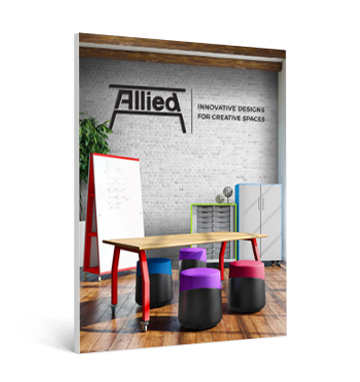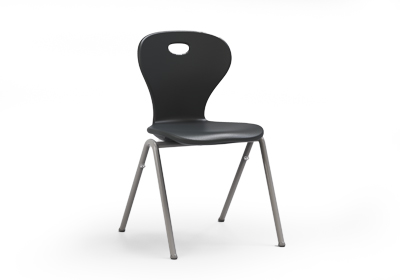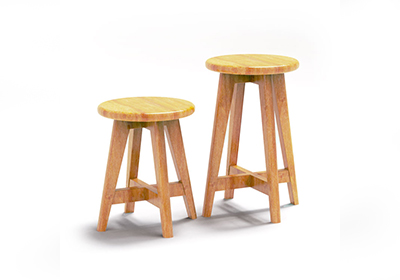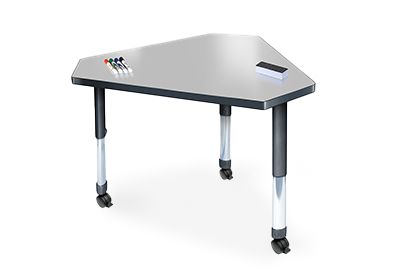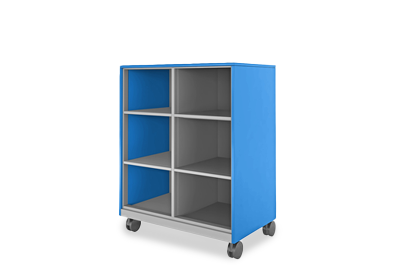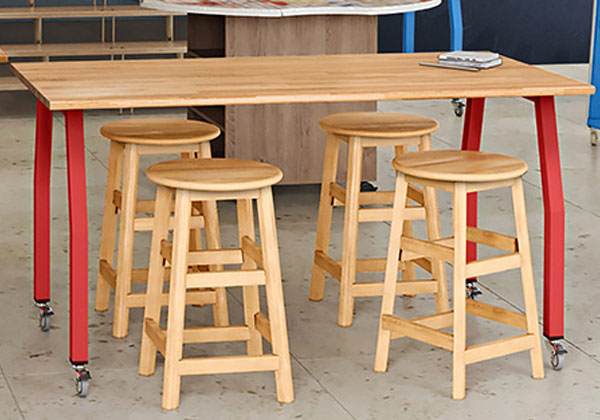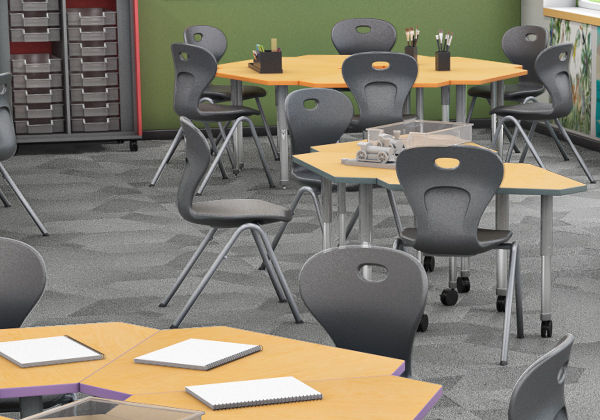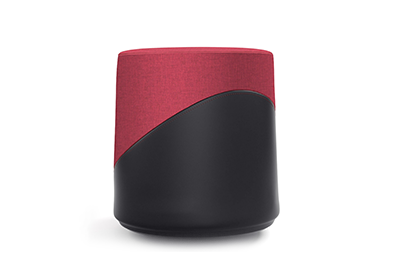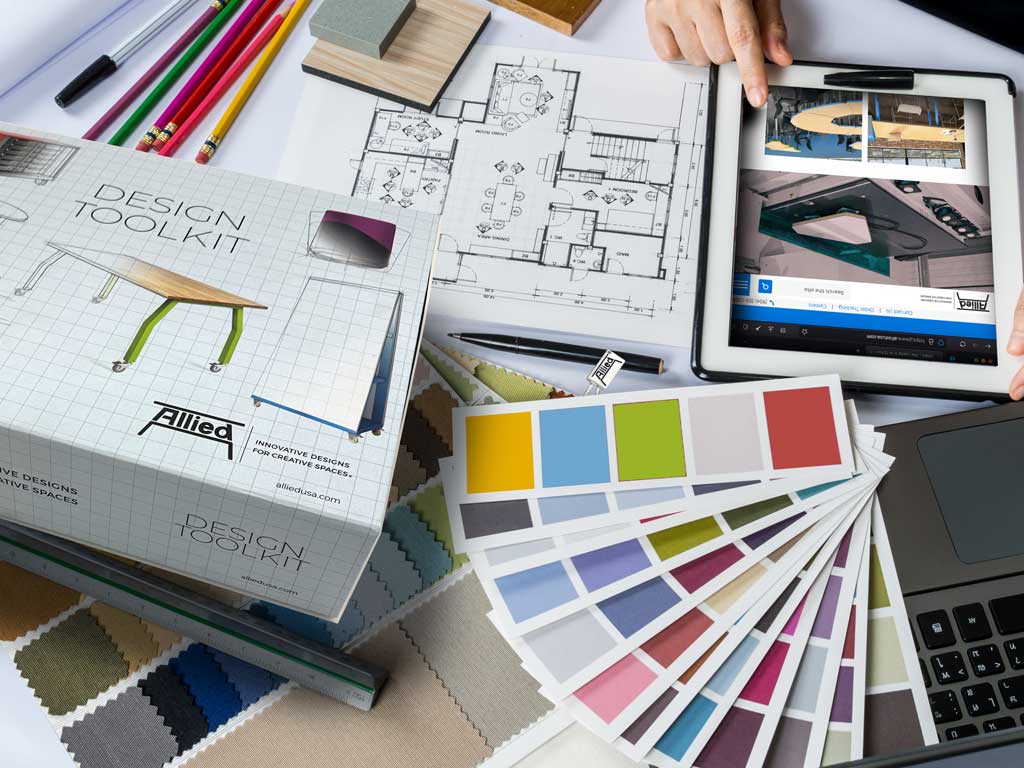Collaboration is another fundamental aspect of modern libraries and media centers. We recognize that students learn best when they can share ideas, collaborate on projects, and engage in group discussions. Our furniture designs prioritize collaborative spaces, featuring configurable library furniture tables, flexible seating arrangements, and integrated technology solutions to facilitate seamless teamwork. By providing furniture that encourages interaction and collaboration, we help schools foster a collaborative spirit among students, promoting teamwork, communication, and problem-solving skills.
Facilitating Multifunctional Environments
In today's fast-paced world, libraries and media centers serve multiple purposes. They are not only spaces for reading and research but also for multimedia production, digital exploration, and interactive learning. Our furniture solutions cater to these diverse needs by offering ergonomic chairs, adjustable desks, and media-friendly workstations that support a wide range of activities. We understand that students require a comfortable and adaptable environment that enables them to switch seamlessly between different learning modalities.
Designing for Comfort, Durability, and Aesthetics
We believe that functional furniture can also be aesthetically pleasing. Our designs strike a balance between comfort, durability, and visual appeal. By using high-quality materials and incorporating ergonomic features, we ensure that our furniture enhances the overall learning experience. Whether it's a cozy reading nook, a collaborative discussion area, or a multimedia workstation, our furniture combines style and functionality to create inviting spaces that students enjoy and appreciate.
• Research and Information Retrieval: Students use the media center to access a variety of resources, including books, databases, and digital archives, to conduct research and gather information for projects, assignments, and personal interests.
• Reading and Literature Appreciation: Media centers serve as spaces for reading, encouraging students to explore a wide range of literary genres and develop a love for reading. They can engage in silent reading, participate in book clubs, or attend author talks and book fairs.
• Digital Media Creation: With the advancement of technology, media centers have become creative hubs where students produce multimedia content. They engage in activities such as video production, podcasting, graphic design, and digital storytelling.
• Collaboration and Group Work: Media centers provide collaborative spaces where students can work together on group projects, presentations, or problem-solving activities. These spaces often feature flexible furniture arrangements and technology integration to support teamwork.
• Technology Training and Skills Development: Media centers offer workshops and training sessions to enhance students' digital literacy skills. These sessions focus on teaching students how to navigate online resources, evaluate information credibility, and use technology tools effectively.
We are dedicated to designing furniture that aligns with the latest trends in libraries and media centers. We work closely with educators, administrators, and students to understand their unique requirements and create innovative solutions that transform ordinary spaces into extraordinary learning environments.


